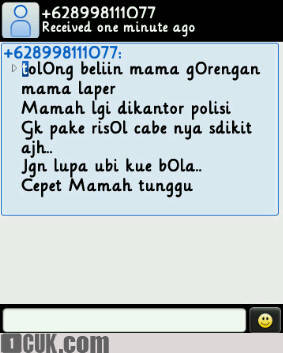

It was configured as a pure transport aircraft, being capable of carrying up to 18 fully-equipped troops. The dominant production model was the Ju 52/3mg7e, featuring advances such as an autopilot, enlarged doors to the cabin, and other general enhancements. Numerous improved models would be introduced prior to and during the Second World War. Between 19, a total of 450 Ju 52/3mg3e aircraft were delivered to the Luftwaffe. This model could function as a medium bomber, being furnished with a pair of defensive gun turrets and operated by a crew of four. ĭuring 1934, work commenced on a militarised model of the Ju 52/3m, designated Ju 52/3mg3e, on behalf of the then-secret Luftwaffe. By the mid-1930s, the Ju 52/3mce and Ju 52/3fe, were the two primary production variants, both being powered by the BMW 132 radial engine.

During its initial production years, airlines were the type's most common customers. According to Smith, the earliest known Ju 52/3m was delivered to Bolivian airline Lloyd Aéreo Boliviano during 1932. Accordingly, the Ju 52/3m ( drei motoren-"three engines") was developed, being powered by an arrangement of three radial engines. While these initial aircraft had been powered by a single engine, Junkers decided to develop the Ju 52 into a trimotor configuration. ĭuring May 1931, one of the prototypes, designated Ju 52cai, was written off after a crash. The third prototype, designated Ju 52ce, had a strengthened structure, a modified leading edge, and was fitted with both a wheeled and float undercarriages. Later on, the Ju 52di was again reengined with the 750 hp Junkers Jumo 204 air-cooled inverted inline-6, after which it was re-designated Ju 52do. The second prototype, designated Ju 52de, featured an increased wing span and was powered by the BMW IV engine at first it was soon reengined with the 750 hp 14-cylinder twin-row air-cooled radial Armstrong Siddeley Leopard and re-designated Ju 52di. During the aircraft's extensive trials, it was reengined with a 755 hp BMW IV water-cooled inline-6 powerplant. On 13 October 1930, the first prototype, designated Ju 52ba, performed the type's maiden flight it was initially powered by a single Junkers-built liquid-cooled V-12 engine, capable of generating up to 800 hp.
.jpg)
Richard Smith, the Ju 52 directly drew upon the company's First World War-era Junkers J 1 - the world's first all-metal aeroplane. In 1930, German aeronautical engineer Ernst Zindel and his team designed the Ju 52 at the Junkers works at Dessau. The Ju 52 was similar to the company's previous Junkers W 33, although larger.
#NO HP TANTE SKIN#
The aircraft's design incorporated a corrugated duralumin metal skin as a strengthening measure, which was very unusual at the time. The Junkers Ju 52/3m (nicknamed Tante Ju ("Aunt Ju") and Iron Annie) is a transport aircraft that was designed and manufactured by German aviation company Junkers.ĭevelopment of the Ju 52 commenced during 1930, headed by German aeronautical engineer Ernst Zindel. Transport aircraft, medium bomber, airlinerġ3 October 1930 (Ju 52/1m) 7 March 1932 (Ju 52/3m) JU Air Junkers Ju 52/3m HB/HOS in flight over Austria (July 2013)


 0 kommentar(er)
0 kommentar(er)
